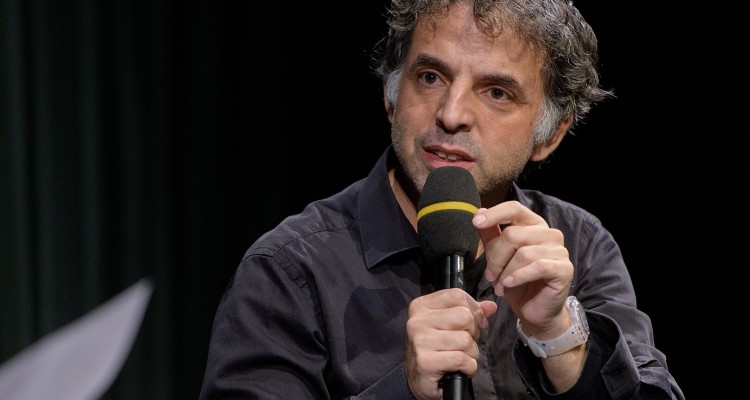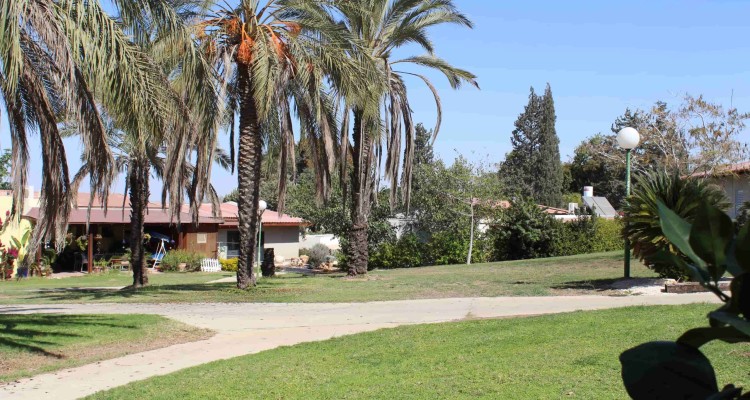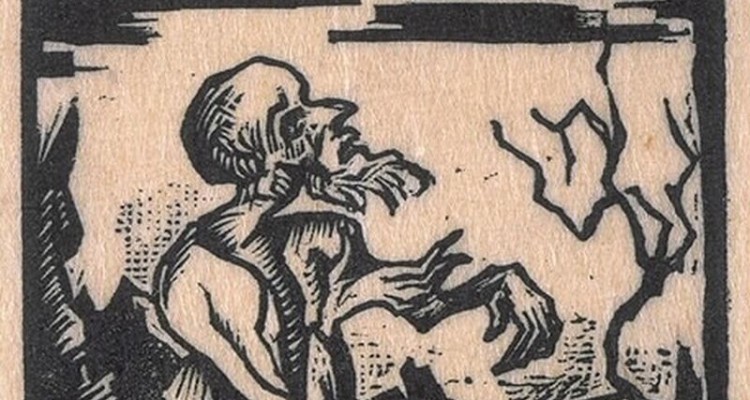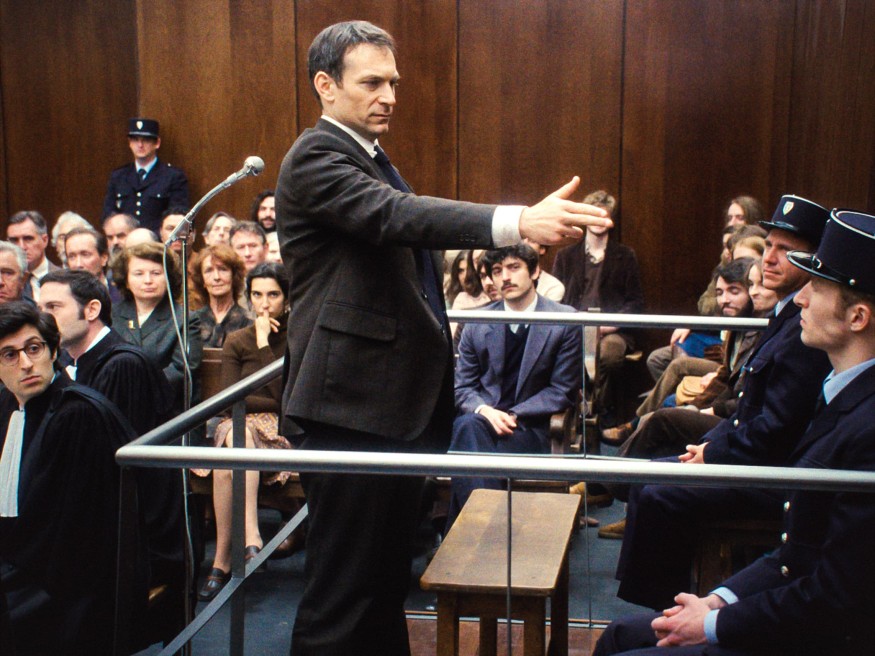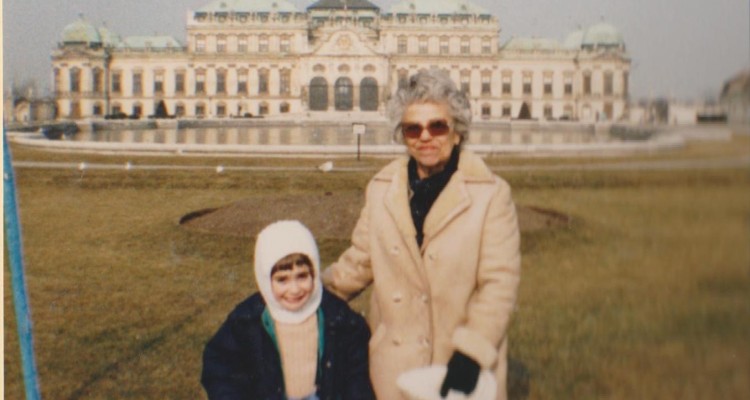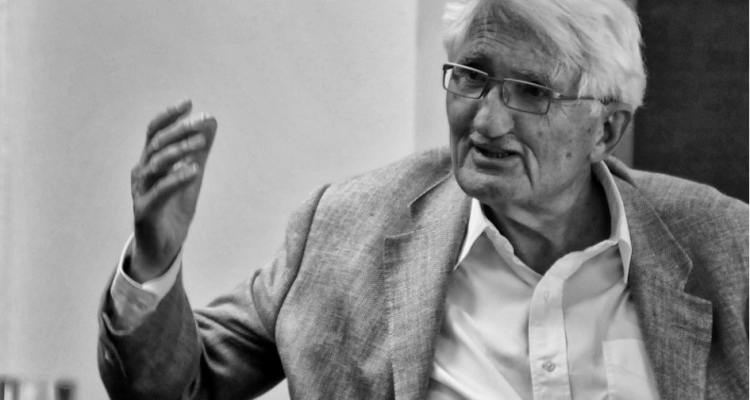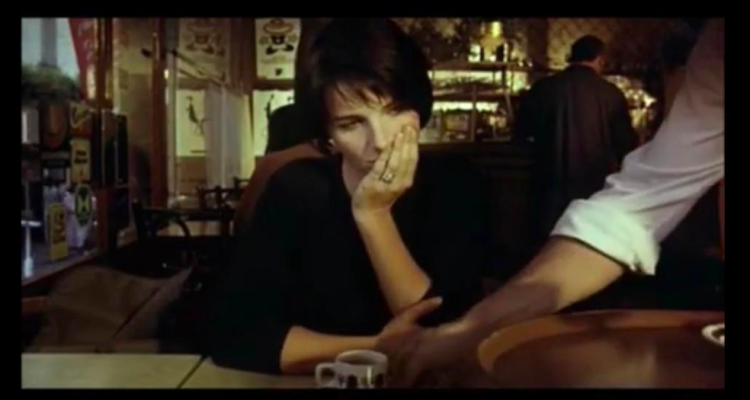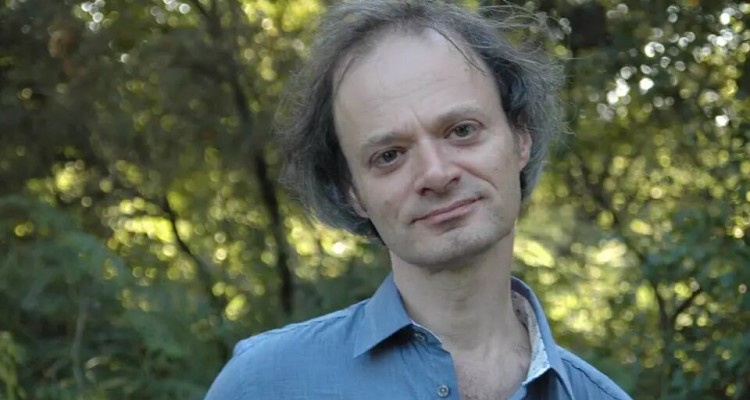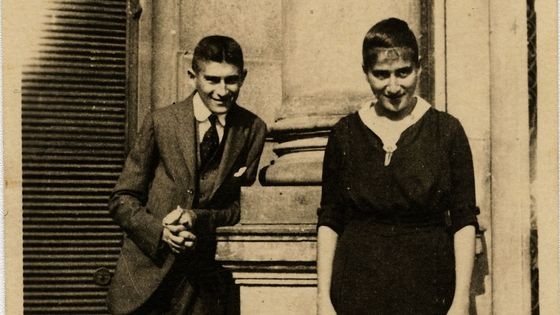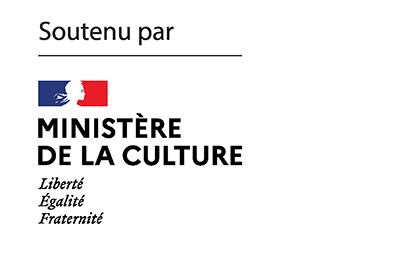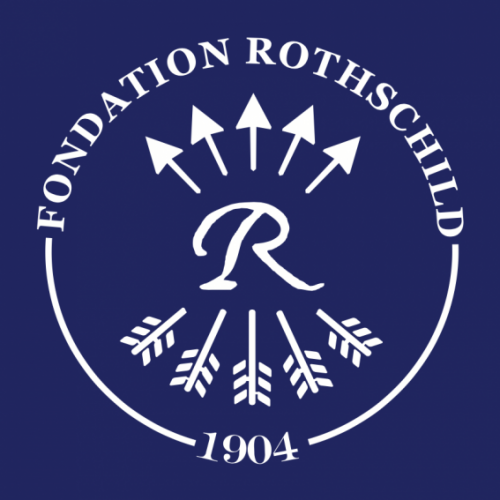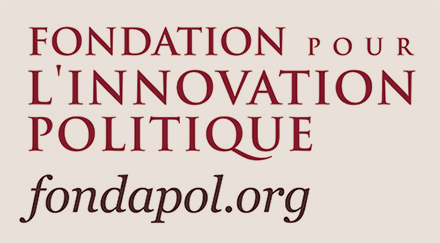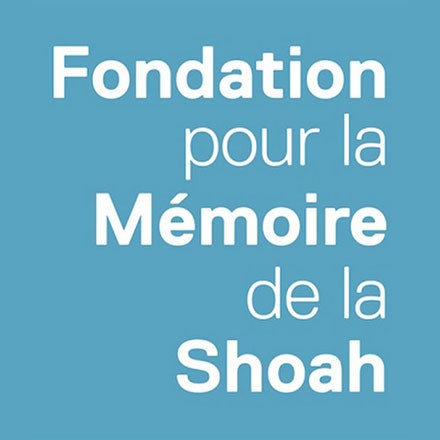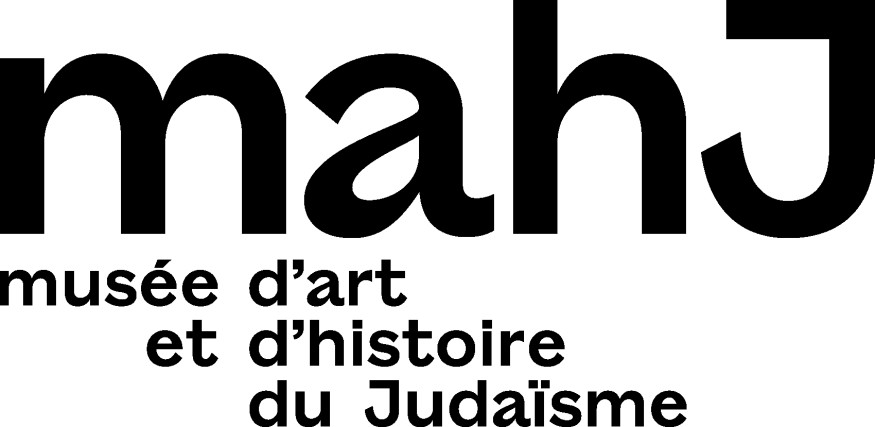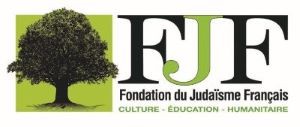Culture
Is it possible to tell the story of the Israeli-Palestinian conflict “in 600 words or less”, as an American media editor asked the Israeli writer Etgar Keret? Today, Keret says he feels unable to write. Although… By presenting, as he does today, a text – 600 words long – written 22 years ago, he demonstrates, in the “midst of the deterioration” of which we are contemporaries, the persistent feeling of being misunderstood by Israelis and Palestinians alike.
Filmmaker Ady Walter will be at the Hong Kong Jewish Film Festival in November to present Shttl. At the same screening will be The Boy, set in the Kfar Aza kibbutz where its director, Yahav Winner, spent his life. He was murdered there on 7 October. Reading the text that Yahav Winner wrote to present his film – and which Ady Walter will introduce – you will understand that Hamas has also massacred people who were concerned about the misery in Gaza and who wanted the peace process to be revived.
In 1903, in the aftermath of the Kishinev pogrom, Haïm Nahman Bialik left Odessa and went to the scene of the massacre to gather evidence from the survivors. He wrote a poem which, powerfully expressing his horror and anguish at the situation of the Jews of Eastern Europe at that moment in European history, immediately found a considerable echo in the Jewish world.
The release in French cinemas of The Goldman Trial raised questions for the editors of K. What mark has the activist left on French Jewish consciousness, particularly on the left? And what impact did he leave on the left after his assassination? It seemed obvious to us to turn to the philosopher Gérard Bensussan, who after seeing Cédric Kahn’s film entrusted us with this text in which he breaks down the figure of Pierre Goldman, caught up in his Jewish condition.
Each week this summer, K. brings you a selection of four articles that have already appeared in our pages, but which have been brought together for the occasion around a few key themes. This week: four first-person essays by Ruben Honigmann, Mona El Khoury, Danny Trom and Grigory Kanovitch.
A major figure in global intellectual debate, Jürgen Habermas is the author of a monumental body of philosophical work that can be read as the theoretical basis of the European political ideal since the Second World War. The consciousness of German crime and the Jewish contribution to European philosophy over its long history occupy a fundamental place in his thinking. This is what recalls this essay by philosopher Bruno Karsenti, conceived as a tribute. It is also a tribute to what the European spirit, as extended by Habermas, can still bring to today’s Jews.
Vladimir Jankélévitch was born 120 years ago, in 1903. The first biography of the French philosopher, and Resistance fighter who went underground in 1941, was published this year. Avishag Zafrani examines a number of aspects of his relationship with Jewish consciousness after the Shoah, based on an interpretation of Jewish time as distinct from tragic time.
The great translator André Markowicz had never heard of ‘The Jews’, a forgotten play by Evgeny Tchirikov, written in 1903 after the pogrom of Kishinev. He translated it into French and had it published by Mesures. In partnership with Akadem, we have produced an interview – with English subtitles – which gives an account of the importance and singularity of this work.
In a magnificent biography, Reiner Stach brings to light, with scientific meticulousness and a rare narrative brilliance, a Kafka in colour, caught up in his intimate contradictions and those of his time. In this first volume, devoted to the years 1910-1915, the reader follows step by step his discovery of Yiddish theatre, the consolidation of his vocation as a writer and his attempt to establish a love and marital bond with Felice Bauer through a monumental epistolary relationship. A meeting with Reiner Stach, who renews our vision of Kafka and our perception of the biographical genre.
Join us
With the support of:
Thanks to the Paris office of the Heinrich Böll Foundation for their cooperation in the design of the magazine’s website.
